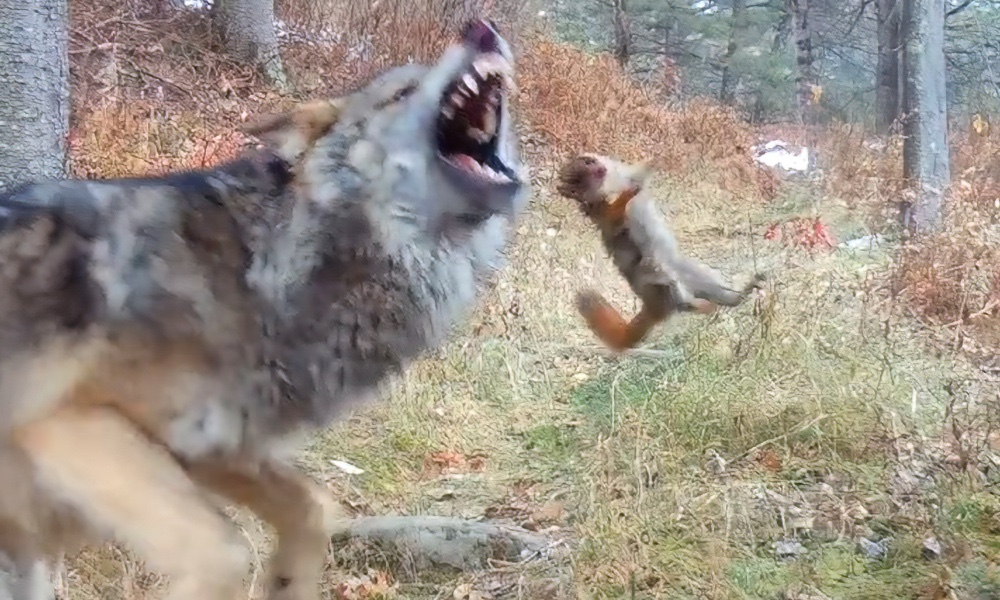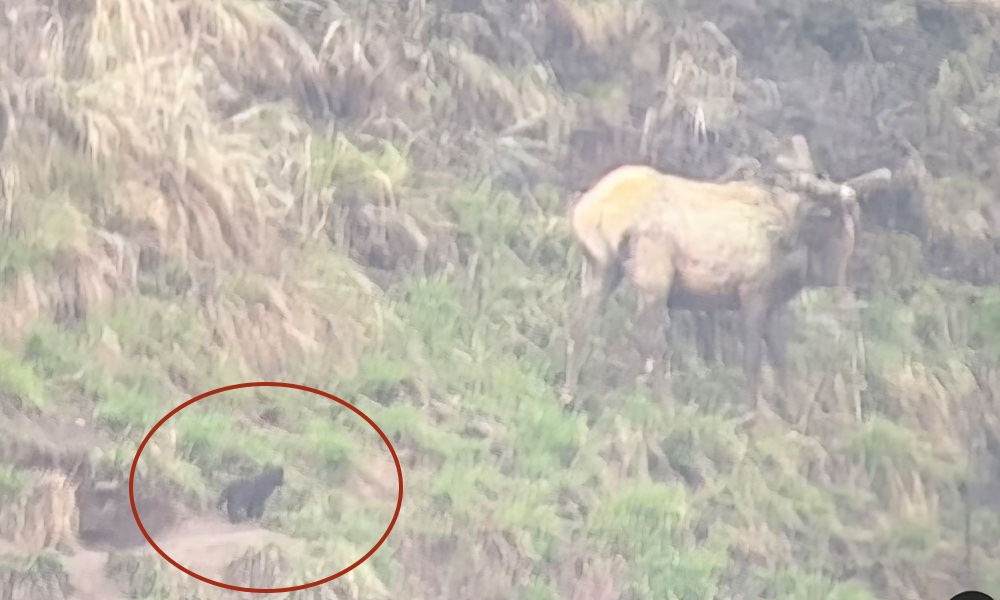Trail-cam footage captured recently in Minnesota shows a wolf pup discovering that capturing squirrels can involve painful consequences.
“This wolf pup learned that squirrel bites on the nose don’t feel so good,” the Voyageurs Wolf Project stated via X.
The footage opens with a slow-motion sequence in which the pup sends the squirrel flying after receiving a bite on the tip of its snout.
This wolf pup learned that squirrel bites on the nose don’t feel so good… pic.twitter.com/AAgOvbhQSX
— Voyageurs Wolf Project (@VoyaWolfProject) July 8, 2024
It picks up with more of the hunt, at regular speed and in slow motion, including a second bite to the snout.
One viewer described the action as a “food fight.”
The footage certainly underscores that life as a young predator includes working hard for just about every meal.
The Greater Voyageurs Ecosystem is a vast boreal forest that includes Voyageurs National Park. The Voyagers Wolf Project, with the help of trail cameras, studies wolves in the region.

